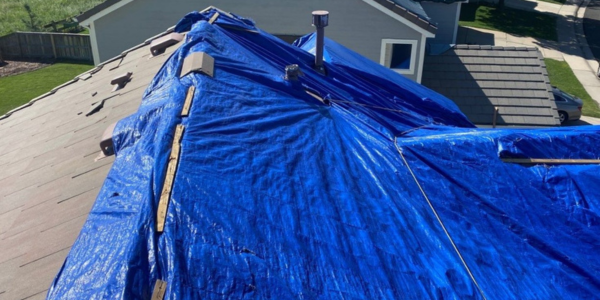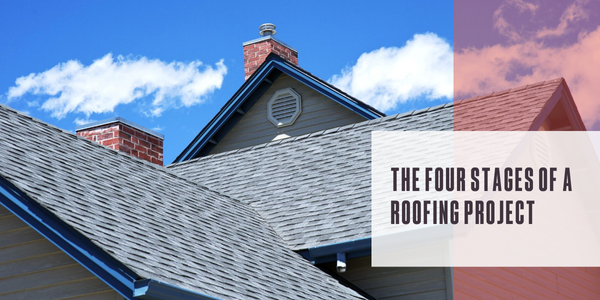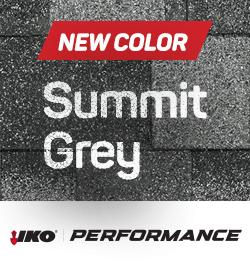Understanding homeowner’s insurance
January 2, 2025 at 8:00 a.m.By J&K Roofing.
The best ways to avoid roof damage costs.
Heavy winds and snow during the winter can cause considerable damage to your roof. Homeowner’s insurance can save your roof, in times of need, but not all of it is straightforward. It is important to understand your homeowner’s insurance to see if it is possible to avoid the potential additional cost of uncovered damages. Replacements are not always guaranteed but it is possible to work out a reasonable coverage plan. J&K Roofing knows the best ways to interpret homeowner’s insurance.
What roof damage does your policy cover?
Homeowners’ insurance usually covers roof damage caused by specific events or “perils.” Some of the most common perils include hailstorms, windstorms, fire and falling objects. Many insurance policies include coverage for hail and wind damage, which many states frequently experience. Fire damage is generally covered under most policies, which is important in a state prone to wildfires. If a tree limb or other object falls and damages your roof, your insurance might also cover the repairs. Remember, it’s crucial to review your policy carefully, as some may have exclusions or limitations regarding certain types of damage.
When your roof replacement claim might get denied
While insurance provides substantial protection, not every type of roof damage will qualify for coverage.
Wear and tear
If your roof is deteriorating due to age or lack of maintenance, the cost of repairs or replacement will likely fall on you. This is why regular roof inspections and maintenance are essential to keep your roof in good condition and prevent small issues from becoming major problems.
Age
If your roof is over a certain age — often 20 years — insurance companies may limit or exclude coverage. Older roofs may only qualify for Actual Cash Value (ACV) coverage rather than Replacement Cost Value (RCV), which could significantly reduce your payout since ACV considers depreciation.
Flood and earthquake damage
Damage from floods and earthquakes is also typically excluded from standard homeowners' insurance policies. Homeowners in areas vulnerable to these risks should consider separate policies to cover such events.
Navigating your insurance deductible and filing window
 When filing an insurance claim for roof damage, knowing how your deductible works is essential. The deductible is the amount you must pay out of pocket before your insurance coverage starts. Deductibles for homeowners' insurance roof replacements can vary widely depending on your policy. In some cases, insurance companies have separate deductibles specifically for wind and hail damage.
When filing an insurance claim for roof damage, knowing how your deductible works is essential. The deductible is the amount you must pay out of pocket before your insurance coverage starts. Deductibles for homeowners' insurance roof replacements can vary widely depending on your policy. In some cases, insurance companies have separate deductibles specifically for wind and hail damage.
After a storm or other damaging event, have your roof inspected promptly to identify any damage that might justify a claim. If you decide to file a claim, be aware that most insurance companies require claims to be submitted within one year from the date of the event. Filing within this period is crucial for your claim to be considered. Remember, your deductible will be deducted from the total payout for your roof replacement, so be prepared for any out-of-pocket costs. It’s also important to note that some states have law that prohibit roofing contractors from offering to pay or waive a homeowner’s deductible.
Must-know insurance terms for homeowners
Understanding key terms like ACV, RCV and depreciation is crucial when filing a homeowners insurance claim for roof damage or replacement. These terms determine how much your insurance company will pay and how much money you might need to cover out-of-pocket. Knowing these definitions can help you better navigate your policy and ensure you receive the most appropriate coverage for your needs.
Actual Cash Value (ACV): This is the amount the insurance company will pay for your roof, factoring in depreciation. For example, if a roof costs $20,000 to replace and has depreciated by 30%, the ACV would be $14,000. Choosing ACV coverage often results in lower premiums but also lower payouts because depreciation can significantly reduce the claim amount.
Replacement Cost Value (RCV): Unlike ACV, RCV covers the cost to replace your roof with materials of similar kind and quality without deducting for depreciation. If the replacement cost is $20,000, the policy will cover up to that amount, regardless of depreciation. RCV policies usually have higher premiums but provide more extensive coverage, allowing homeowners to fully replace their damaged roofs without significant out-of-pocket expenses.
Depreciation: This term refers to the decrease in an asset’s value over time due to age, wear and tear. In the context of roof replacement, a 10-year-old roof with a 20-year lifespan may have depreciated by 50%. This affects how much you would receive under an ACV policy. Understanding depreciation helps you evaluate whether ACV or RCV coverage is better suited to your needs.
What is best for residents?
States with a high frequency of hailstorms and wildfires means that roofs may need replacing more often. RCV ensures that you have the necessary funds to repair or replace your roof without worrying about depreciation eating into your payout. However, it also means higher premiums, which is something to weigh against the potential cost of roof repairs.
When filing an insurance claim, the insurance adjuster assesses the damage to determine the payout. It’s helpful for your roofing contractor to have completed a prior roof inspection documenting damage and also be onsite to meet with your insurance adjuster. For those with RCV policies, the process may involve an initial payout based on ACV, with the remaining balance paid once repairs or replacements are completed and documented. Your roofing contractor will work with your insurance adjuster and your insurance company to make sure that the entire scope of your project is included, so choose a roofing contractor with supplement experience.
Save on insurance with the right roofing materials
Certain roofing materials may get you insurance discounts. Insurance companies often provide incentives for homeowners who install impact-resistant roofing, which can withstand severe weather conditions better than standard materials. Class 4 impact-resistant asphalt shingles, metal roofing, slate or tile roofing and synthetic roofing materials are all popular choices that might qualify for discounts. Given some states’ susceptibility to wildfires, Class A fire-rated roofing materials such as metal, slate, tiles and synthetic materials are also worth considering, offering extra protection and may reduce your insurance premiums.
Make the right choice for your home
Every homeowner’s insurance policy is different, and understanding the details of your coverage is essential. It’s crucial to know what is covered and to take proactive steps to ensure that you’re prepared for any damage your roof might sustain. Regular inspections, proper maintenance and choosing durable, impact-resistant materials can all help keep your roof in good condition and ensure you’re protected against weather challenges.
Original article and image source: J&K Roofing
Have a question? AskARoofer.
Find your local roofing contractor in the RoofersCoffeeShop® Contractor Directory.










Comments
Leave a Reply
Have an account? Login to leave a comment!
Sign In